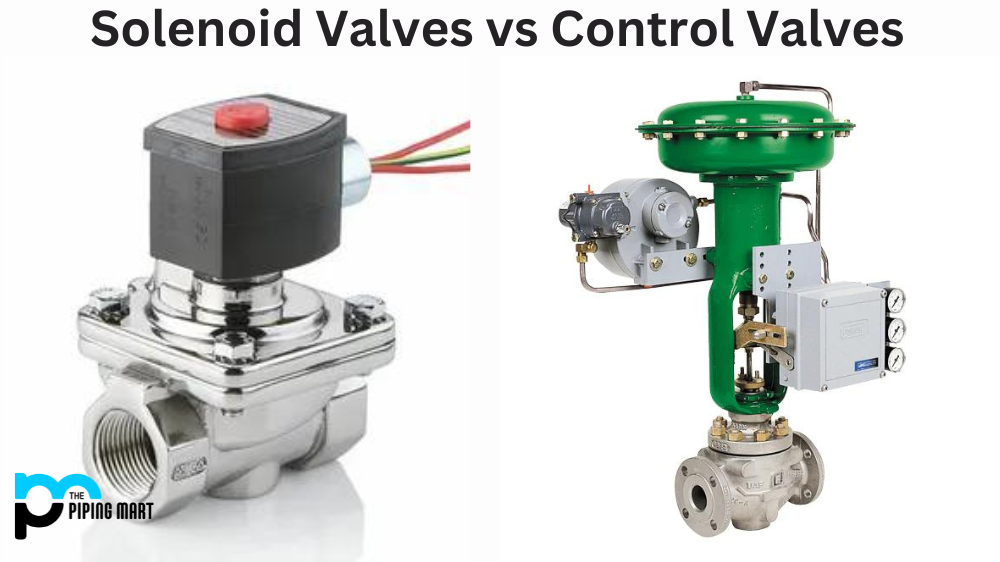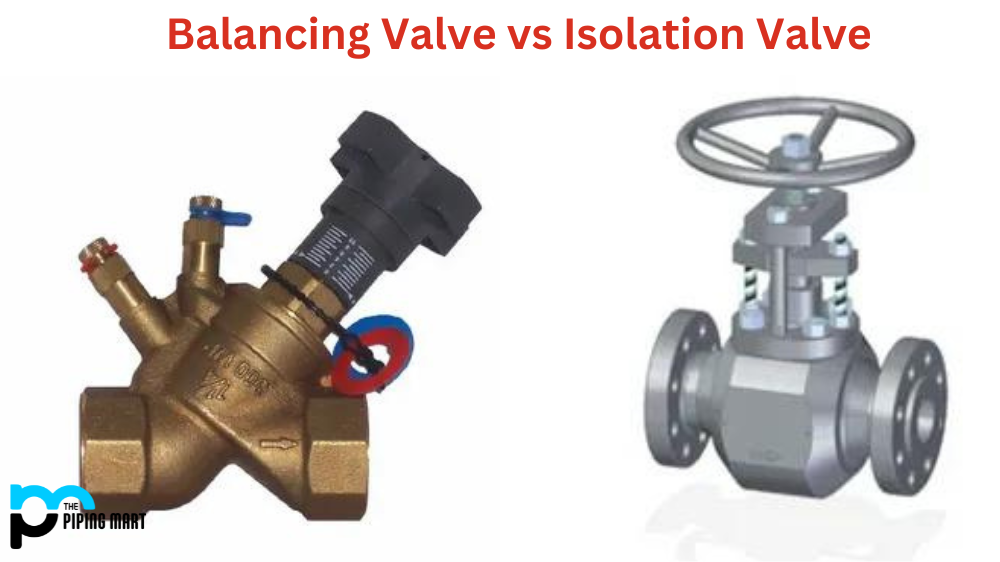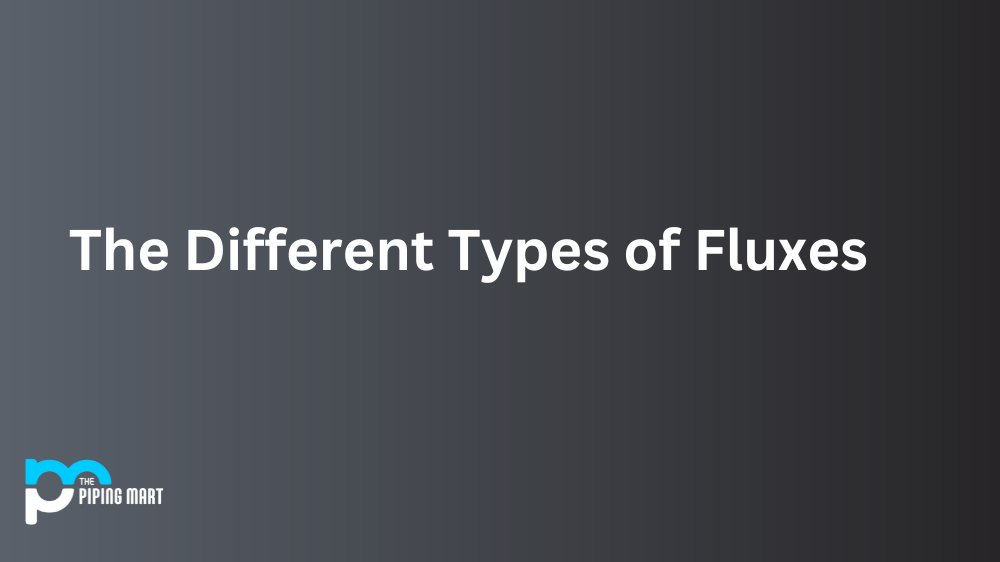Projection welding is a reliable, efficient method of joining metal components that have been in use for decades. But like all welding processes, it has both advantages and disadvantages. In this blog post, we will look at some of the main pros and cons of projection welding so you can decide if this process is right for your project.
Advantages of Projection Welding
The main advantage of projection welding is that it joins metal parts with a strong bond that won’t break under stress or strain. Joints made with projection welding are also more aesthetically pleasing than those made with other methods. This makes it ideal for projects that require a high level of Precision and attention to detail, such as medical implants or components used in aerospace engineering.
Projection welding also requires relatively little setup time compared to other types of welding. This means you don’t have to spend as much time calibrating the equipment or preparing the pieces for the weld. As a result, production times are often shorter when using projection welding than they would otherwise. And finally, projection welding produces less slag than other processes, which helps reduce cleaning times and costs associated with the finished product. 1.
Increased Productivity
One of the primary advantages of projection welding is that it is a very efficient process that can increase productivity. The process can be completed very quickly, which means that more parts can be welded in a shorter period of time. Additionally, projection welding can be automated, which further increases productivity.
Improved Quality
Another advantage of projection welding is that it results in a higher quality weld than other methods. This is because the process creates a smaller and more localized heat-affected zone, which minimizes the risk of warping or distortion. Additionally, projection welding produces a stronger and more consistent weld than other methods.
Reduced Costs
In addition to increased productivity and improved quality, projection welding also has the advantage of being a less expensive process than other methods. This is because the process uses less energy and fewer materials than other methods. Additionally, projection welding often does not require additional steps such as pre- or post-weld heat treatment, which further reduces costs.
Increased Safety
Another advantage of projection welding is that it is a safer process than other methods. This is because the process uses less heat, which reduces the risk of fire or burns. Additionally, projection welding produces fewer fumes and smoke than other methods, which further improves safety.
Versatility
Projection welding also has the advantage of being a versatile process that can be used on a variety of materials. This includes both metals and plastics, making it an ideal choice for a wide range of applications. Additionally, projection welding can be used on both thin and thick materials.
Disadvantages of Projection Welding
The main disadvantage of projection welding is that it only works on flat surfaces and can’t be used on curved or irregularly shaped parts. Additionally, depending on the size and complexity of your project, it might not be cost-effective to use projection welding since specialized equipment is needed to perform this type of weld properly. It can also take longer to set up compared to other methods due to its reliance on precise measurements and angles in order to produce quality results. Finally, because the heat generated by the weld can distort the shape or size of metallic components being joined together, extra measures may need to be taken in order to prevent this from happening during the process.
Limited to Flat Surfaces
One of the primary disadvantages of projection welding is that it is limited to flat surfaces. This means that it cannot be used to weld objects that have curved or irregular surfaces. Additionally, projection welding can only be used to weld two pieces of metal together that are relatively thin.
Requires Precision
Another disadvantage of projection welding is that it requires a great deal of Precision. The two pieces of metal that are being welded together must be placed in exactly the right position in order for the weld to be successful. If even one piece is not positioned correctly, the entire weld may be unsuccessful.
Time-Consuming
Projection welding can also be quite time-consuming, as each weld must be carefully monitored and adjusted as necessary. This type of welding is not suitable for large-scale projects where time is of the essence.
Requires Specialized Equipment
In order to perform projection welding, specialized equipment is required. This equipment can be quite expensive, which makes projection welding a less viable option for those working with a limited budget.
Can Be Dangerous
Projection welding can also be dangerous, as it involves working with high temperatures and electrical currents. If proper safety precautions are not taken, serious injuries or even death could occur.
Conclusion:
There are many advantages and disadvantages associated with projection welding that you should consider before deciding if this process is right for your project. On the one hand, it produces strong bonds without sacrificing aesthetics; however, its reliance on accurate measurements means setup times can take longer than other methods, and it doesn’t work well with irregularly shaped parts. Ultimately, whether you choose projection welding for your project depends on your specific needs and requirements — but understanding what benefits (and drawbacks) come along with this process will help you make an informed decision about whether or not it’s right for you!

Abhishek is a seasoned blogger and industry expert, sharing his insights and knowledge on various topics. With his research, Abhishek offers valuable insights and tips for professionals and enthusiasts. Follow him for expert advice on the latest trends and developments in the metal industry.




